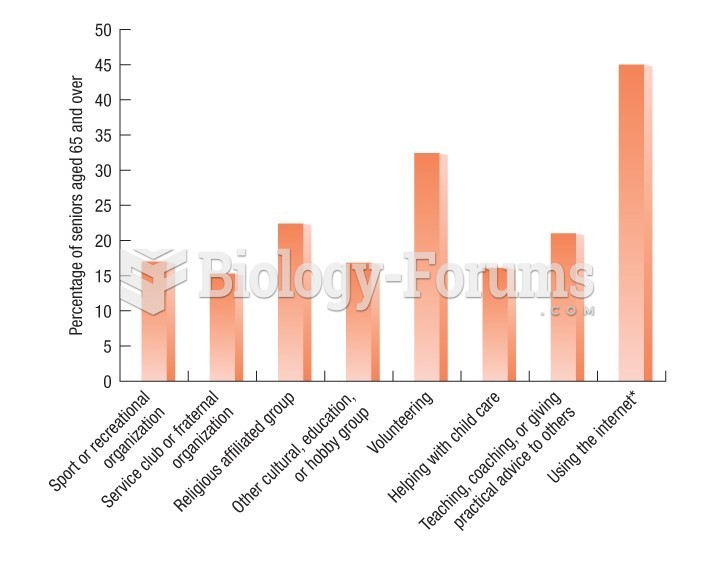Answer to Question 1
The five steps in the social marketing process are fan acquisition, engagement, amplification, community, and brand strength.
Social marketing campaigns begin with fan acquisition, which involves using any of a variety of means, from display ads to News Feed and page pop-ups, to attract people to your Facebook page, Twitter feed, or other platform like a Web page. The next step is to generate engagement, which involves using a variety of tools to encourage users to interact with your content and brand located on your Facebook or Web pages. You can think of this as starting the conversation around your brand.
Once you have engaged visitors, you can begin to use social site features to amplify your messages by encouraging users to tell their friends by clicking a Like or +1 button, or by sending a message to their followers on Twitter. Amplification involves using the inherent strength of social networks to continue the spread of its message. Once you have gathered enough engaged fans, you will have created the foundation for a community a more or less stable group of fans who are engaged and communicating with one another over a substantial period of time (say several months or more). The ultimate goal is to enlarge your firm's share of the online conversation. The process ends with strengthening the brand and, hopefully, additional sales of products and services.
Answer to Question 2
Social marketing is not without its disadvantages. One problem is that brands lose a substantial amount of control over where their ads appear in terms of other content and what people say about their brands on social sites. Ads placed on Facebook according to an algorithm can be placed near content that does not represent the values of the brand. This is not peculiar to social marketing, as advertising using Google's advertising platform faces the same problem. This is very different, however, from TV ads where brands maintain near complete control. Social sites are unique in that disgruntled consumers, or just malicious people, can post material that is inaccurate and/or embarrassing.







